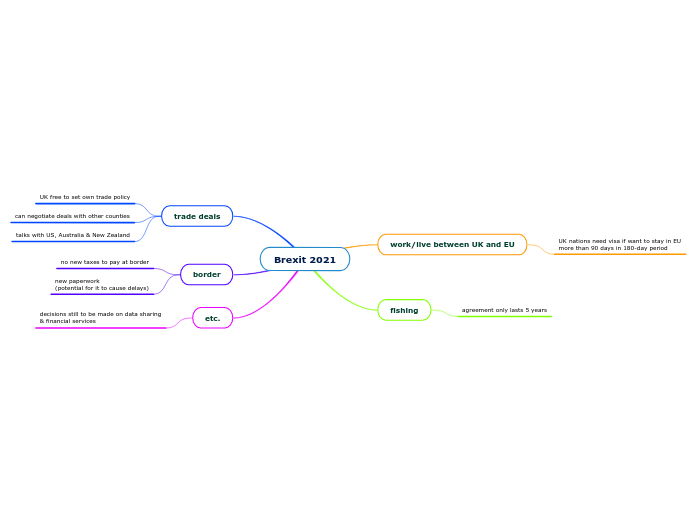av Jaylon Gentry för 4 årar sedan
199
Micro Map
The concepts revolve around fundamental economic principles, including the dynamics of supply and demand, consumer choice, and the effects of scarcity. Resource allocation and income inequality are also emphasized, with methods to measure inequality by comparing different income groups.









